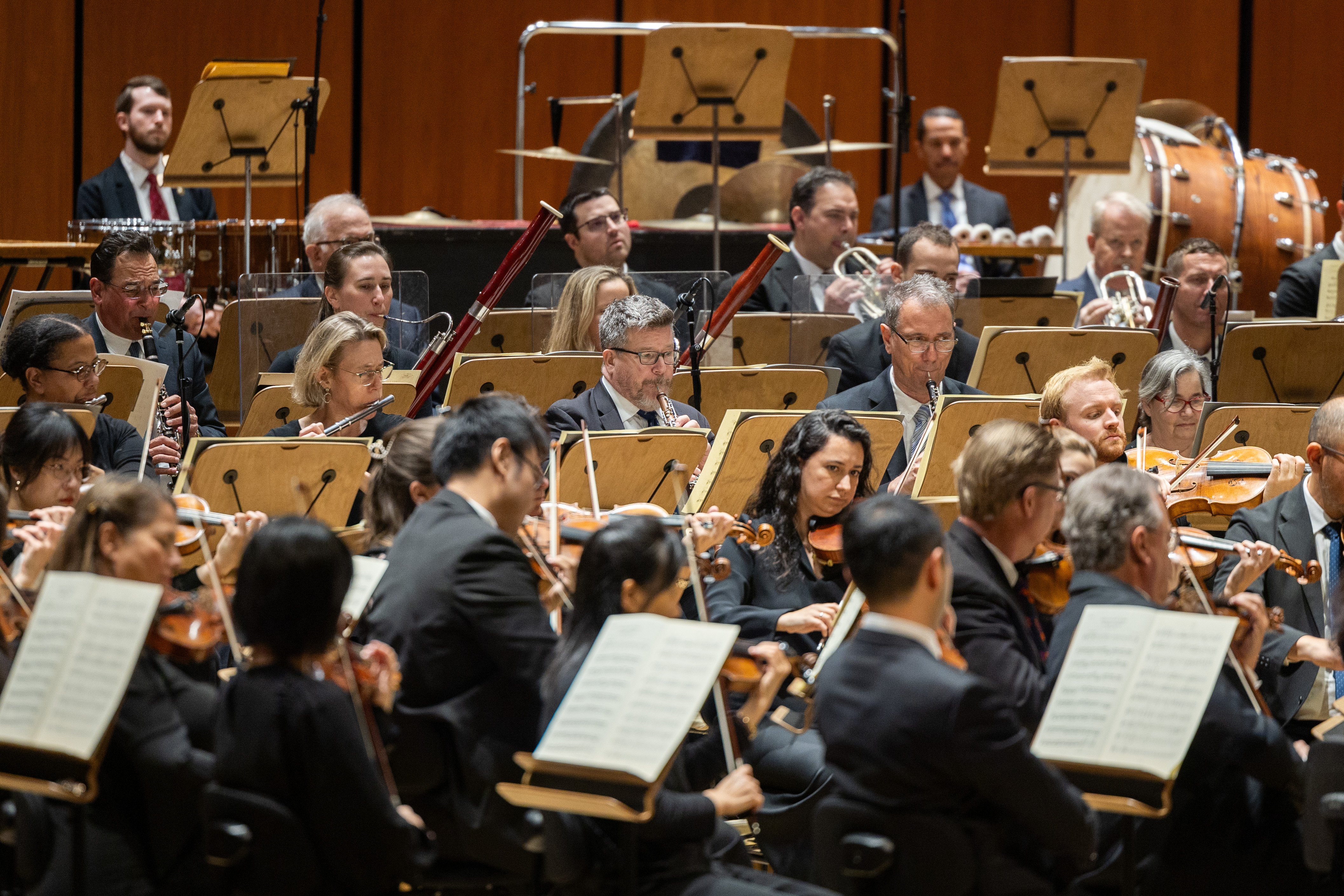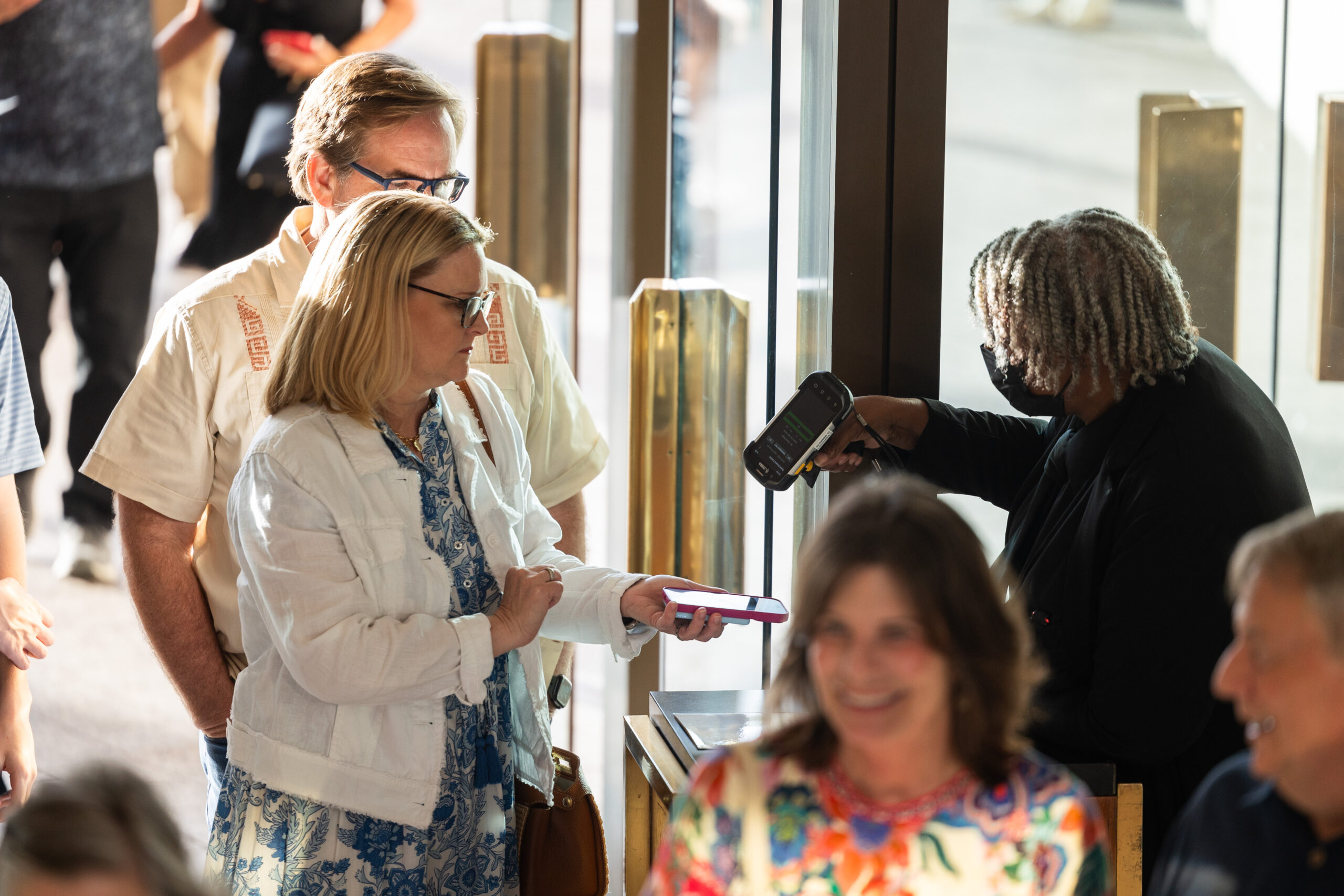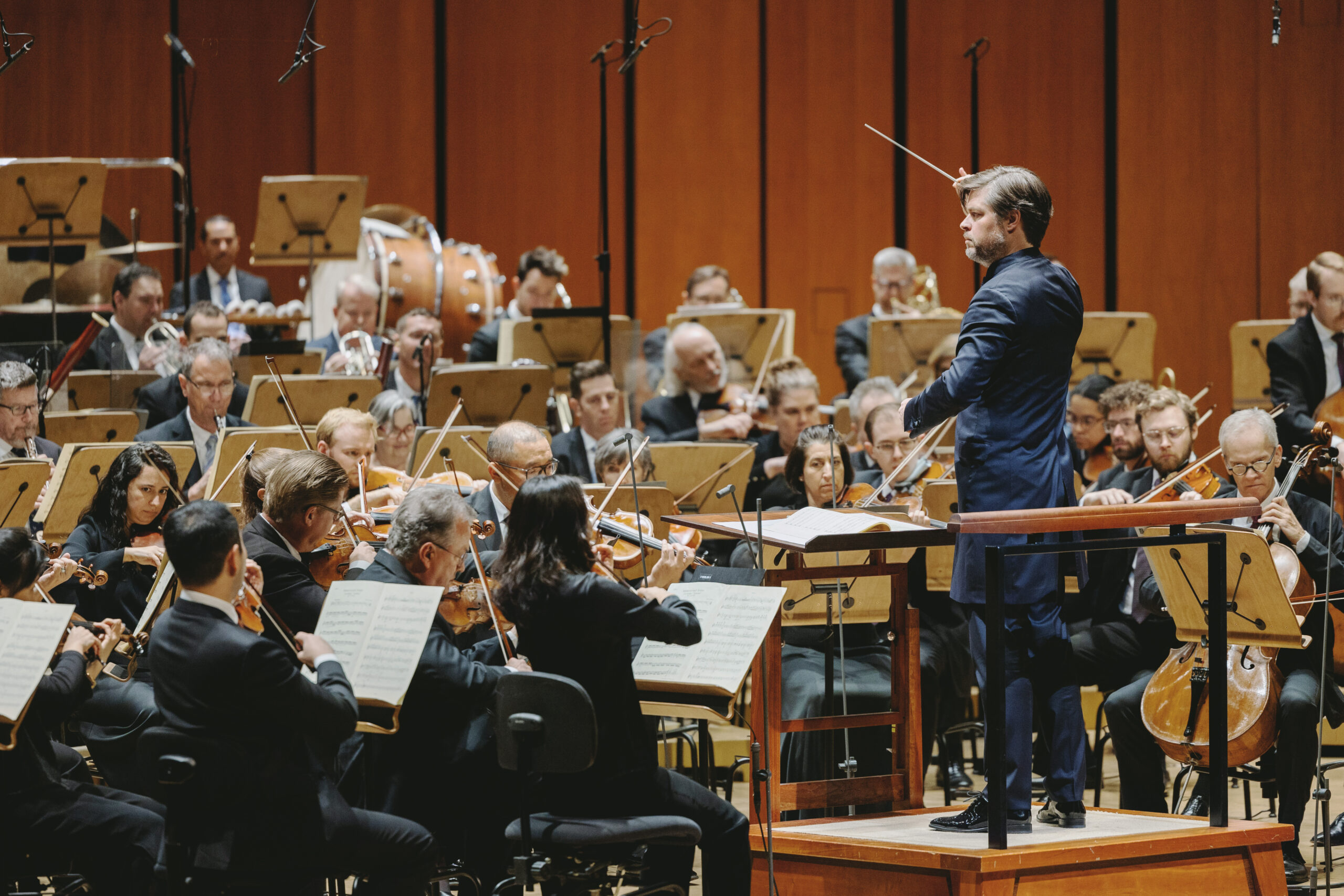
January 17, 2019
A Knight’s Tale: Bruckner’s Symphony No. 4, Romantic
On February 28 and March 2 and 3, the Houston Symphony welcomes former music director Christoph Eschenbach back to Jones Hall to conduct Bruckner’s Fourth Symphony. In this post, discover the “Romantic” tale hidden in its music. Get tickets and more information about the concerts here.
In February 1881, the Vienna Philharmonic began rehearsing a symphony unlike any they had ever played before. This expansive work possessed mythic grandeur and ideal beauty, combining lyrical Schubertian melodies, intense Wagnerian harmonies and thundering, organ-like climaxes. Though it was Anton Bruckner’s fourth symphony, most of the musicians had heard little if any of his music.

At age 57, Bruckner was still largely unknown as a composer; the son of a village school teacher, he had become Austria’s best organist and a professor of harmony and counterpoint at the Vienna Conservatory after years of tireless work, but his original music was largely ignored or dismissed by the sophisticated capital’s musical establishment. After the rehearsal, Bruckner approached the conductor, Hans Richter, and gave him a coin. Speaking with his rustic Upper Austrian accent, Bruckner said, “Take this and drink my health with a glass of beer.” Richter kept the coin on his watch chain for the rest of his life.
The premiere of his Fourth Symphony with the Vienna Philharmonic proved a major turning point in Bruckner’s career. Though critics remained divided, the audience responded enthusiastically, and the musicians of the Philharmonic realized that Bruckner was one of the major composers of their time. The genesis of this work—considered by many to be his first symphonic masterpiece—had been difficult for the perfectionist composer; after completing the first draft in 1874, he revised it thoroughly in 1878, completely rewriting the last two movements. He rewrote the finale again in 1880, producing the version most frequently heard today.
The Romantic Symphony
The subtitle “Romantic” was Bruckner’s own. In this instance, the polysemous term refers to the medieval era, as is revealed by the programmatic description Bruckner left of the symphony’s opening:
“Medieval city—Daybreak—Morning calls sound from the city towers—the gates open—On proud horses the knights burst out into the open, the magic of nature envelops them—forest murmurs—bird song—and so the Romantic picture develops further…”
Bruckner’s images fit remarkably well with the beginning of the work; above shimmering tremolo strings, a solo horn plays the dawn theme, a primordial melodic idea from which the rest of the piece will evolve:
https://www.youtube.com/watch?v=LY7m119eOys&t=1m7s
Developing organically, the music crescendos to a powerful statement featuring the orchestra’s brass section—the knights riding out of the city gates. After a breath, a lyrical new theme appears in the violins—the magic of nature. This melody was inspired by the birdsong of the Kohlmeise, a European cousin of the chickadee.
Though Bruckner was vague about what happened next, the music is very suggestive. The riding theme makes a thunderous return then fades away as the “forest murmurs” end the first half of the movement. The harmonies then darken as the dawn theme builds to a harrowing transformation of the riding theme. Turned upside-down, this version of the theme wrestles with the original, which ultimately prevails, leading to a solemn, prayerful chorale for brass. The music becomes softer and softer until the dawn theme returns, now overlaid with a countermelody in the flute. After a reprise of the other themes, a sweeping coda based on the dawn theme seems to open up new vistas.
Serenade and Hunt
For a number of commentators, the slow second movement has evoked the atmosphere of a solemn religious procession (similar to the one depicted by the second movement of Mendelssohn’s Italian Symphony). Bruckner’s own remarks, however, suggest a more secular source of inspiration. In a letter, he described this movement as “song, prayer, serenade,” and according to one of the composer’s contemporaries, Bruckner said that “In the second movement an infatuated youth wants to climb through his sweetheart’s window, but isn’t allowed in.”
The movement begins with an introspective song without words for cellos in the dark-hued key of C minor. A prayerful, chorale-like passage for strings then transitions to a long melody for violas accompanied by lute-like pizzicato strings—presumably the youth’s serenade. The music gains momentum during a developmental passage, which leads to a reprise of the opening cello song. This time, the prayerful, chorale-like music is replaced by a more fragmentary transition to the viola serenade, and the movement’s extended coda builds to an emotionally intense climax before fading away.
Bruckner described the third movement as a hunting scene, which fits with the exuberant brass fanfares that begin it. Though the movement technically has an A-B-A structure, the initial “A” section is so expanded that listeners may perceive an A-B-A-C-A-B-A structure instead, in which “A” represents the opening “Jagdthema” (“hunt theme”). Bruckner noted that in the central “C” section (a gentle Austrian ländler) “a barrel organ plays during the midday meal in the forest.”
Grand Finale
Regarding the finale, Bruckner was more mysterious; when asked what inspired it years later, he rather implausibly claimed to have forgotten. Earlier versions of the movement bear suggestive markings such as “Regenwetter” (“rainy weather”) or “Volksfest” (“carnival” or “festival”), but while these discarded versions of the movement share some thematic material with the 1880 finale, the versions are different enough that it is difficult to say whether Bruckner’s remarks carry through.
As it stands, the finale forms a dramatic conclusion to this Romantic symphony of knights, serenades and forest hunts. It instantly creates an air of mystery as the blended tones of clarinets and a solo horn introduce a falling figure of three notes, a shadowy counterpart to the dawn theme of the first movement. Becoming faster, this figure crescendos to the dark, severe main theme of the movement, stated fortissimo by the orchestra. The music then builds again, this time to the shining return of the dawn theme.
A series of more lyrical, rhapsodic themes ensues, until a final, explosive theme suddenly erupts. This fades away as the development begins. The mysterious opening motif returns in a new form as the three notes are turned upside-down: instead of falling, they rise. First the more lyrical themes are developed, leading to an intense passage based on fragments of the severe main theme of the movement. Exhausted, the music collapses, until the imposing main theme returns in an extended form. After a dramatic pause, the lyrical themes are reprised as well, leading to one of the most masterful codas in the symphonic repertoire. The falling and rising forms of the mysterious opening motif are combined as the music gradually crescendos. Rising then backing away, the symphony climaxes with the return of the dawn theme that began it.
Don’t miss Christoph Eschenbach conducting Bruckner’s Symphony No. 4 on February 28 and March 2 and 3, 2019! Get tickets and more information at houstonsymphony.org.






